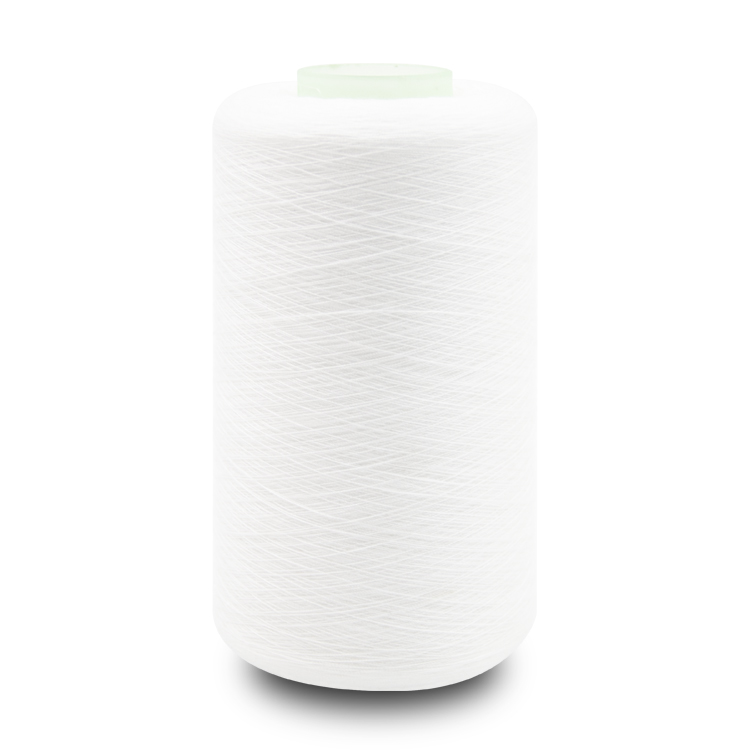
Introduce yarn thread knowledge
The linear density of yarn thread fibers and the linear density of length fibers refer to the degree of fineness of the fibers. Fiber length refers to the length of the fibers.
Textile yarn thread fibers must have a certain linear density and length in order to make the fibers embrace each other, and depend on the friction between the fibers to spin yarns threads. Therefore, textile fibers have a certain linear density and length, which is one of the necessary conditions for textile processing and making products of use value.
The linear density of textile yarn thread fibers is closely related to the properties of yarns threads and fabrics produced by textile processing. Generally speaking, the lower linear density and better uniformity of fibers are beneficial to textile processing and product quality. Among the influences of linear density of yarn thread fibers on the wearability of fabrics, the fabrics made of finer fibers are softer and softer in luster.
Thinner yarn thread fabrics can be made from finer fibers, as well as clothing fabrics with good air permeability and silk-like effect. But fine yarn thread fibers make fabrics easy to fuzz and pill, while coarse fibers can be used to make stiff, rough and thick fabrics.
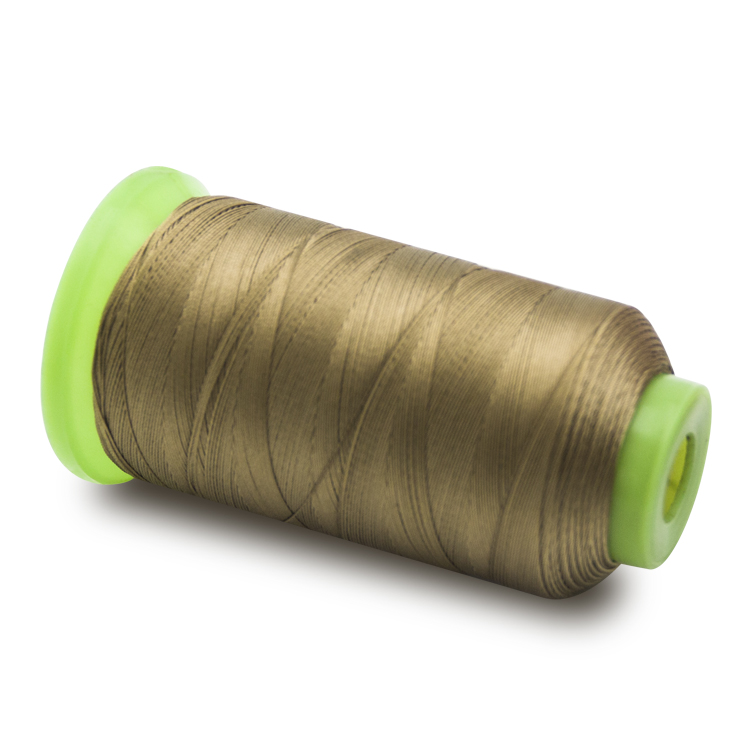
Similarly, the length of textile yarn thread fibers is closely related to the quality of textiles and products.
Long yarn thread fiber length, good length regularity and less short fiber content are beneficial to textile processing and product quality.
Under the same conditions, if the fibers are longer, the yarn thread strength is high, the yarn thread evenness is uniform, the yarn thread surface is smooth, the fabrics made have good fastness, smooth appearance, and are not easy to fuzz and pill. In addition, on the premise of ensuring a certain yarn thread quality, the longer the fiber, the finer the yarn thread can be spun, which can be used to make lighter fabrics.
For short length, length is more important than linear density. For example, length is the most important index in cotton grade and price.
In textile yarn thread fibers, the linear density and length of natural yarn thread fibers are not uniform, sometimes the difference is large. It varies with the variety and growth conditions of yarn thread fibers.
Chemical fibers are manufactured artificially.
The linear density and length of fibers can be controlled and determined artificially in a certain range according to the requirements of yarn thread fiber processing and use.
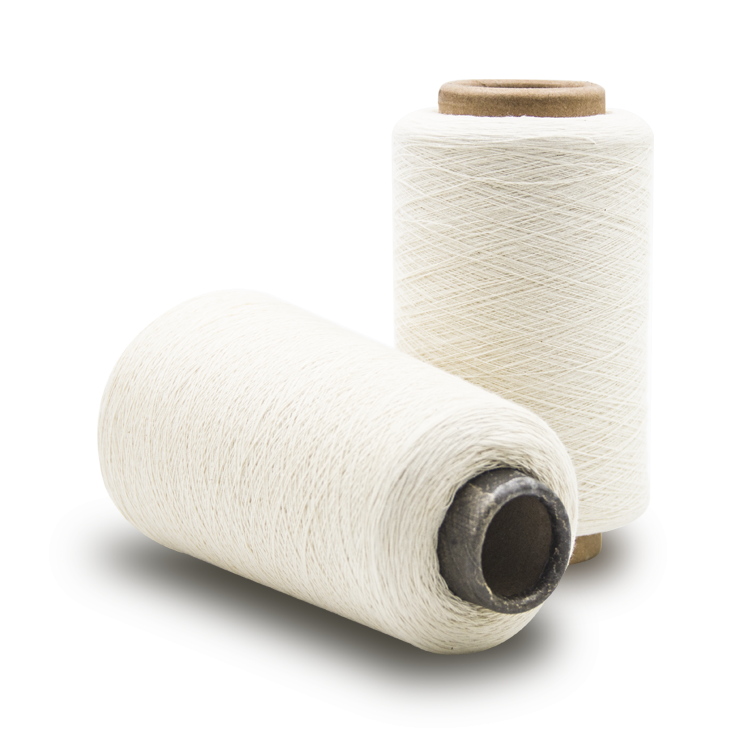
Bulk yarn thread
Expanded yarn thread is first spun from two fibers with different shrinkage ratios, and then treated with steam or hot air or boiling water.
At this time, the yarn thread fibers with high shrinkage ratio produce larger shrinkage, which is located in the center of the yarn thread, while the low shrinkage fibers mixed together are squeezed on the surface of the yarn thread to form a circle because of their small shrinkage.
The bulky, full and elastic yarn can be obtained.
Core-spun yarn thread
Core-spun yarn thread is usually made of synthetic filament with good strength and elasticity as core yarn thread and cotton, wool, viscose and other staple fibers twisted together.
Core-spun yarn thread has both excellent properties of filament core yarn thread and outer staple fiber.
The common core-spun yarn thread is polyester-cotton core-spun yarn thread, which takes polyester filament as core yarn thread and cotton fiber as outer covering.
There is also spandex core-spun yarn thread, which is made of spandex filament as core yarn thread and other fibers outsourced. Knitted fabrics or jeans made of this core-spun yarn thread can be easily retracted and fitted comfortably when worn.
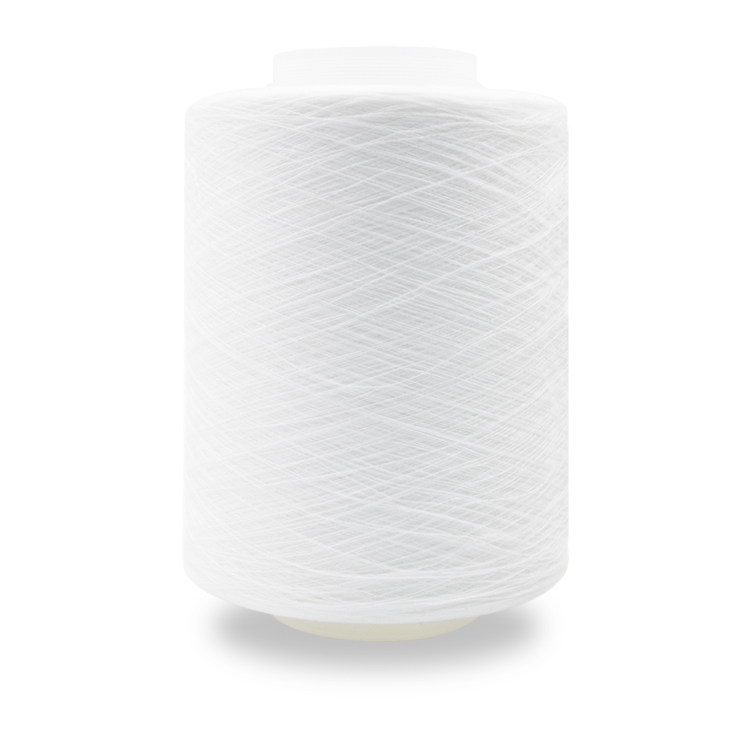
Linear density of fibers and yarns threads
Linear density is one of the most important physical and geometric characteristics of yarn thread fibers.
It not only affects textile processing and product quality, but also has a close relationship with the wearability of yarn thread fabrics.
Similarly, linear density is also the most important index of yarn thread.
Yarn thread density affects the physical and mechanical properties, handle and style of textiles. It is also an important basis for fabric design.
The yarn thread density of fibers and yarns threads can be expressed in many ways.
Generally, indirect indexes proportional to the cross-sectional area of yarns threads are used to express the yarn density. Commonly used indicators are Turks (number), metric support, British support, denier and so on.
Generally speaking, the yarn thread density of fibers and yarns can be divided into two categories: fixed length and retail.
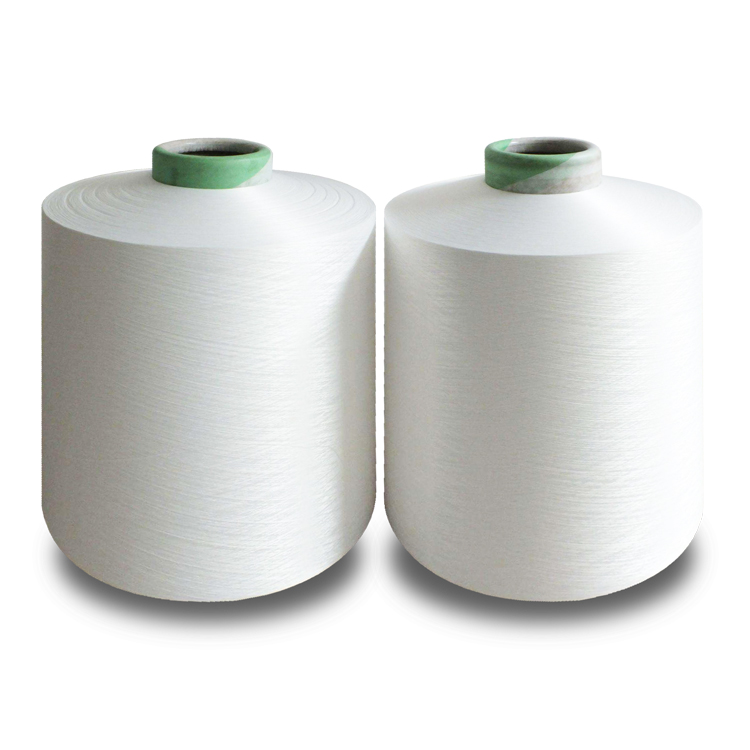
Fixed length system
Fixed-length system refers to the weight of a certain length of fibers or yarns threads. The larger the value, the thicker the fibers or yarns threads are. At present, tex, dtex, MTeX and D are commonly used. The legal unit of measurement in our country is the special number system.
Turks
Abbreviated as "special", it refers to the weight grams of 1000 meters long fibers or yarns threads at a given moisture regain.
Tex is commonly known as the number of cotton yarns threads.
In addition, the yarn thread density can be expressed by diameter.
Yarn thread diameter is an important basis for fabric design and manufacturing process parameters.
It can be measured under a microscope. But in actual production, yarn thread diameter is converted from the count or count of yarn thread and yarn thread density.
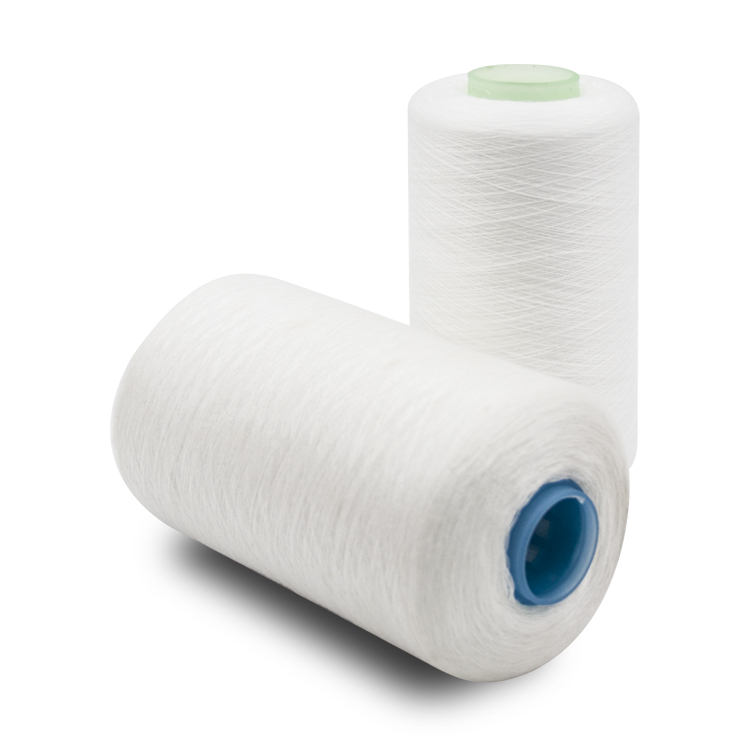
In the linear density representation of ply yarn thread, the special number system is expressed by multiplying the single yarn thread count of the ply yarn thread by the number of plys, such as 14 *2.
When the specific number of single yarn thread in ply yarn is different, it is expressed by adding the specific number of single yarn thread, such as 16 + 18. The count system is expressed by dividing the count of the single yarn thread that makes up the strand by the number of strands, such as 50/2. If the number of single yarns threads are different, the number of single yarns threads should be juxtaposed and slanted, such as 24/48.
The filament linear density of chemical yarn thread fibers is expressed by the number of monofilaments and the total Tex number. For example: 16.5 tex/30 f, densities of multifilament buses are 16.5 tex and single filament roots are 30.
The filament linear density of chemical yarn thread fibers or silk is the sum of the filament linear density of the composite filament.




